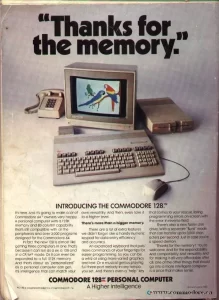Computers
Into the Ether(net)
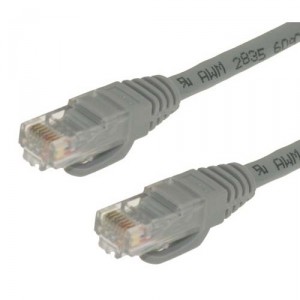 May 13, 1980
May 13, 1980
Digital Equipment Corporation, Intel, and Xerox jointly announce the Ethernet network specification. Ethernet is the predominant networking standard of today’s business and home networks.
The Z3
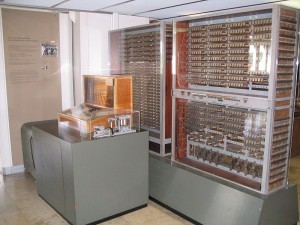 May 12, 1941
May 12, 1941
German engineer Konrad Zuse unveils the Z3, now generally recognized as the first fully functional, programmable computer. Because Germany was fighting World War II, not much was known about the Z3 until after the war. It was an electromechanical computer so it was not the world’s first fully electronic computer although plans were made to replace the mechanical relays with fully electronic switches. However, funding was denied by the German government because the Z3 was not considered important to the war effort. The Z3 was destroyed by Allied bombing in 1943 but a fully functioning replica was built in 1961 and is on display in the Deutsches Museum in Munich. Because the Z3 was the first programmable, fully automatic computer, some people consider Konrad Zuse the inventor of the modern computer.
Deep Blue Defeats Kasparov in Tournament Match
The IBM computer and artificial intelligence Deep Blue defeats reigning chess champion and one of the greatest chess players of all time, Garry Kasparov, in the 6th and deciding game of a tournament match, thus becoming the first time a computer defeated a chess champion in match play. A year earlier, Deep Blue had bested Kasparov in 2 individual games but Kasparov eventually won the match 4-2. This time, after being reprogrammed and upgraded, the 1997 Deep Blue, capable of calculating 200 million moves per second, won 2 matches out of 6 vs Kasparov’s 1 victory and 3 draws. After the defeat Kasparov asked for a rematch but IBM declined and retired Deep Blue.
The defeat of a reigning chess champion at the hands of artificial intelligence made headlines around the world and marked a milestone in the development of AI and machine learning. From this early landmark moment, the advancement of computing power and machine learning has created even more powerful artificial intelligence. Kasparov in 2016 stated that “Today you can buy a chess engine for your laptop that will beat Deep Blue quite easily”.
Honestly, I don’t see what the big deal is. Chess computers had been wiping the floor with me since I was in kid in the 80’s!
VisiCalc Demoed at West Coast Computer Faire
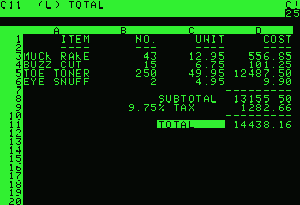 May 11, 1979
May 11, 1979
At the West Coast Computer Faire, Harvard MBA candidate Daniel Bricklin and programmer Robert Frankston give one of the first private demonstrations of VisiCalc, the original spreadsheet software. It would later be publicly demoed for the first time at the National Computer Conference in June of that year.
First released for the Apple II, VisiCalc made a business machine of the personal computer. VisiCalc was a huge success, selling more than 100,000 copies in the first year. VisiCalc also spurred the sales of the Apple II, as people would buy the Apple II just to run VisiCalc. Overall, the spreadsheet validated the usefulness of the home computer and was likely a major factor for IBM accelerating their entry into the PC market.
Linux Gets Happy Feet
 May 9, 1996
May 9, 1996
Linus Torvalds describes in an e-mail to a mailing list his conception of what he believes should be the logo for the Linux operating system. This is what soon becomes Tux the penguin, the “brand character” for Linux. Perhaps had he known the movie Happy Feet would be released a little over 10 years later, he would have chosen a Warbler instead.
IBM 704 Introduced
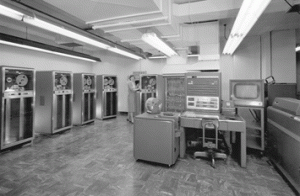 May 7, 1954
May 7, 1954
IBM announces the IBM 704 Data Processing System, the world’s first mass produced computer to feature floating point arithmetic hardware. Besides this ultra-geeky distinction, the IBM 704 will leave its mark in computer history before it is discontinued on April 7, 1960. Both the FORTRAN and LISP programming languages were first developed for the IBM 704, as well as the first music application, MUSIC. Physicist John Larry Kelly, Jr. of Bell Labs will synthesize speech for the first time in history on an IBM 704. Not bad for a mainframe.
Wolfenstein 3D Blasts Onto Scene
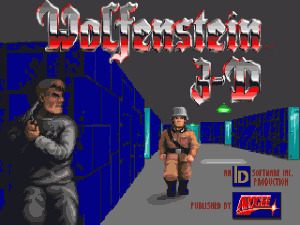 May 5, 1992
May 5, 1992
id Software Inc. releases the game Wolfenstein 3D, the original first person shooter game for DOS computers. While it was technically not the first FPS in video game history, Wolfenstein 3D was the game that definitively popularized the genre. Using the shareware model to freely distribute the first of three episodes with the ability to purchase the next two episodes, the game became an instant success, selling 200,000 copies in the first year. The success of Wolfenstein 3D made id Software a household name in the gaming world. They followed up in the next year with the massively popular Doom, which cemented the first person shooter gaming genre and the rest is history.
In addition to being credited with launching the first person shooter genre, Wolfenstein 3D is also widely regarded as proving the viability of and popularizing the shareware distribution model. The game was ported to many different platforms over the years and is still available for purchase to play today.
Love Stinks
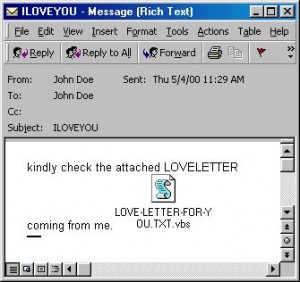
May 4, 2000
The Love Letter computer virus, aka the “ILOVEYOU” bug, spreads to personal computers running Windows around the world in just six hours. Spreading through e-mail, the virus entices victims to open the message with the subject of “ILOVEYOU”. About 2.5 to 3 million PCs will become infected. The cost of system downtime is later estimated at $8.7 billion. It is thought to be the fastest-moving and most widespread virus in history.
Commodore Assets Purchased out of Bankruptcy
German company Escom AG purchases the rights to the name, patents, and intellectual property of Commodore Electronics, which had declared bankruptcy in 1994. Commodore was a pioneer in the personal computing industry, holding some impressive records such as having the best selling computer in history with the Commodore 64, which The Guinness Book of Records estimates about 30 million units were sold over the course of 10 years from 1982 to 1992, the first computer company to have over 50% of the home PC market, and the first company to make over $1 billion in sales. They also created some of the most innovative computers in the early PC market such as the first multimedia computer, the Amiga. Unfortunately for Commodore as it was with many early PC companies, the juggernaut of the IBM-compatible PC combined with poor management was their ultimate undoing.
Dell Founded
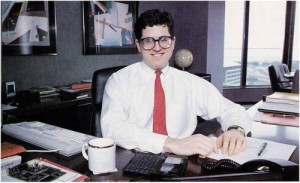 May 3rd, 1984
May 3rd, 1984
Dell Computer Corporation is founded by Michael Dell, running the direct-to-order PC company from his dorm room. Using this innovative direct-to-order model, Dell, Inc. eventually became the largest manufacturer of PCs in the world for many years. Through ups and downs, it is still currently in the top 3 as of 2022 in market share for personal computers.


